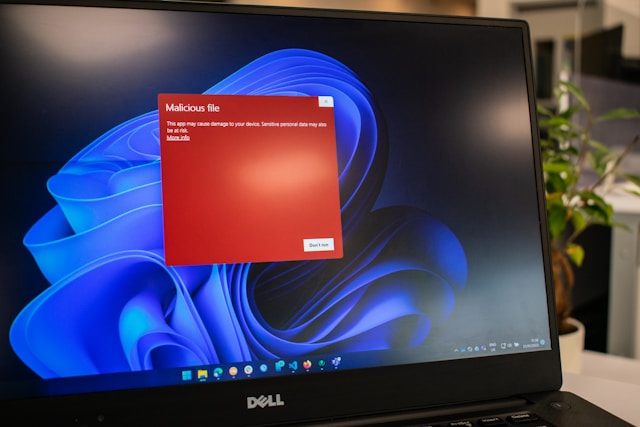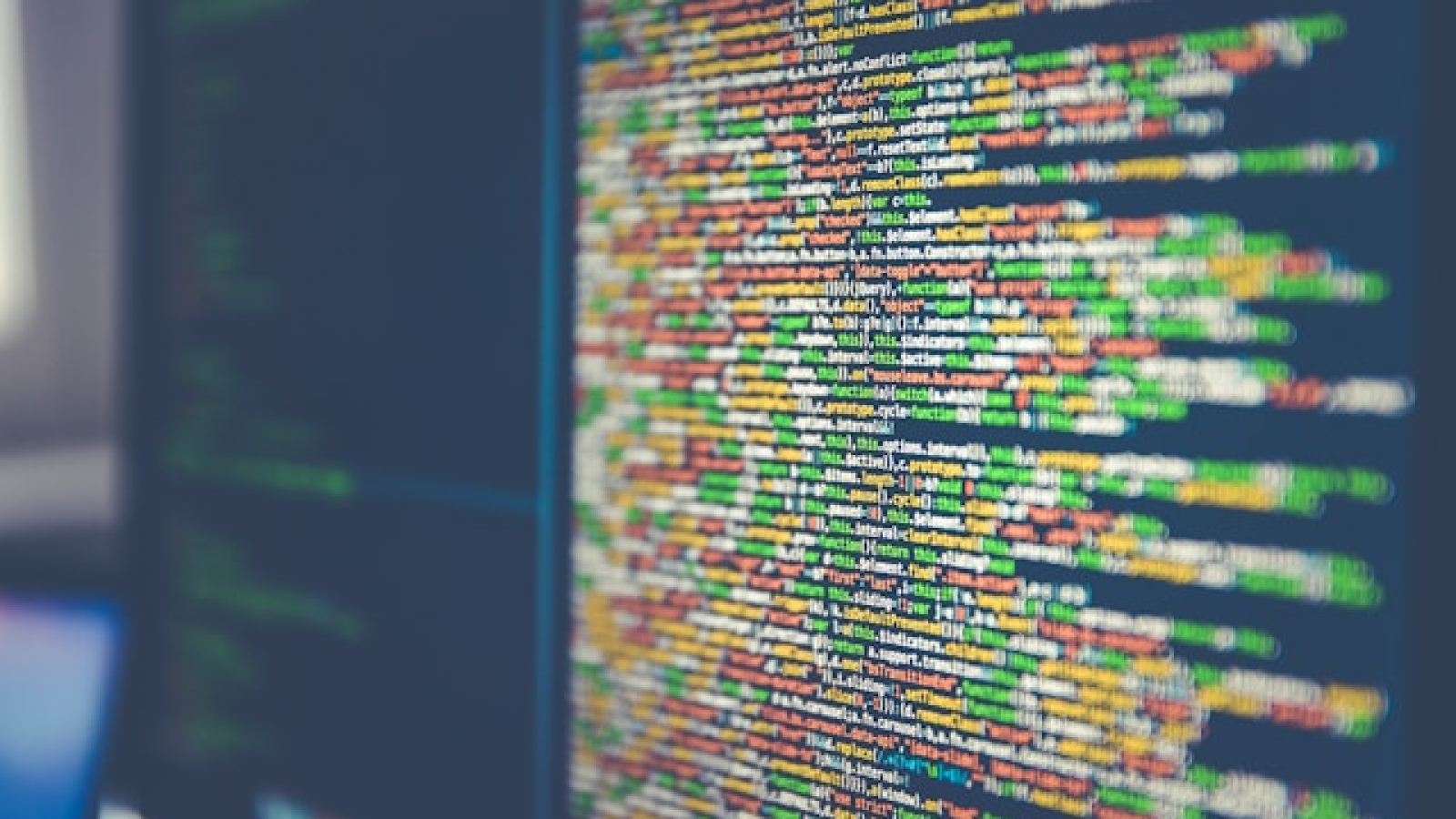Securing the Virtual Workspace: Safeguarding Data in the Age of Remote Work
In today’s digital landscape, remote work has become the new norm for countless organizations worldwide. While this shift offers flexibility and convenience, it presents unprecedented cybersecurity challenges. With employees accessing company networks and sensitive data from various locations and devices, IT teams face the daunting task of ensuring robust security measures to safeguard against potential threats. In this blog post, we’ll explore the critical importance of cybersecurity in remote work environments and provide essential best practices for IT teams to navigate these risks effectively.
The Rise of Remote Work
The advent of remote work has revolutionized the traditional office setup, allowing employees to collaborate and stay productive from virtually anywhere. However, this newfound flexibility comes with inherent cybersecurity risks. Remote workers often rely on personal devices and unsecured networks, making them susceptible to cyber threats such as malware, phishing attacks, and data breaches. Additionally, the decentralization of the workforce complicates the task of enforcing security protocols and monitoring network activity, further amplifying the need for robust cybersecurity measures.

Understanding the Cybersecurity Threat Landscape
In the age of remote work, IT teams must stay vigilant against various cybersecurity threats. From ransomware attacks targeting remote endpoints to social engineering tactics aimed at exploiting human vulnerabilities, the threat landscape is constantly evolving. Moreover, the proliferation of cloud-based services and collaboration tools introduces additional entry points for cybercriminals to infiltrate corporate networks and exfiltrate sensitive data. To effectively mitigate these risks, IT teams must adopt a proactive approach to cybersecurity that encompasses both technological solutions and employee awareness.

Best Practices for IT Teams
- Implement Multi-Factor Authentication (MFA): Enforce the use of MFA across all corporate accounts to add an extra layer of security against unauthorized access. By requiring multiple forms of verification, such as passwords, biometrics, or one-time codes, MFA helps prevent account compromise even if credentials are compromised.
- Utilize Virtual Private Networks (VPNs): Encourage employees to use VPNs when accessing company resources from remote locations. VPNs encrypt internet traffic, ensuring that sensitive data remains secure while traversing untrusted networks.
- Regular Security Training and Awareness Programs: Educate employees about common cyber threats, phishing scams, and best practices for securely handling sensitive information. By fostering a culture of cybersecurity awareness, organizations can empower employees to identify and report potential security incidents effectively.
- Endpoint Security Solutions: Deploy comprehensive endpoint security solutions to protect remote devices from malware, ransomware, and other malicious threats. This includes antivirus software, intrusion detection systems, and remote monitoring capabilities to detect and respond to security incidents in real time.
- Data Encryption and Secure File Sharing: Implement encryption protocols to protect data both at rest and in transit. Use secure file-sharing platforms with end-to-end encryption to ensure that sensitive information remains confidential, even when shared with external parties.
- Regular Security Audits and Updates: Conduct regular security audits to identify vulnerabilities and gaps in the organization’s cybersecurity posture. Stay proactive in applying security patches and updates to software, operating systems, and network infrastructure to mitigate known vulnerabilities and reduce the risk of exploitation.
Conclusion
As remote work continues to reshape the modern workforce, prioritizing cybersecurity is paramount for organizations seeking to safeguard their data and infrastructure. By adopting a proactive and comprehensive approach to cybersecurity, IT teams can effectively mitigate the inherent risks associated with remote work and ensure the integrity, confidentiality, and availability of sensitive information. By implementing the best practices outlined in this post, organizations can navigate the evolving threat landscape with confidence and maintain a secure virtual workspace for their remote employees.
Remember, cybersecurity is a shared responsibility, and by working together, IT teams can stay one step ahead of cyber threats in the age of remote work.


Add a Comment